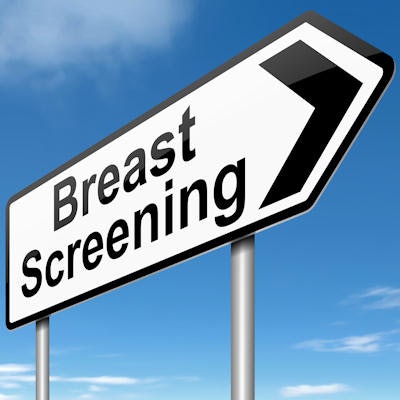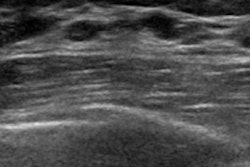
Automated breast ultrasound (ABUS) can standardize image acquisition and decrease physician workload. But do patients actually like it? A recent study found that women slightly preferred handheld ultrasound to ABUS, but both modalities performed well in patient surveys.
The study included dozens of patients undergoing breast screening at an academic institution. In a head-to-head comparison, the women reported handheld ultrasound to be less painful but didn't otherwise have strong, differing opinions about the two imaging methods.
"Even though [handheld ultrasound] had better tolerance compared with ABUS, we found that both methods are tolerated by the patients and both could potentially be integrated as adjunct screening tools to mammography," wrote the authors, led by Ilaria Mussetto from the University of Genoa School of Radiology in Italy (European Radiology Experimental, February 10, 2020).
A total of 79 patients presenting to an academic medical center in Europe for breast screening agreed to participate in the study. On the day of their screening, they received handheld ultrasound followed by ABUS.
The patients answered a survey to rate their experience immediately following each scan and before getting their results. The survey questions asked about the women's pain or discomfort, fear or anxiety, embarrassment, mental functioning, and overall satisfaction.
Both modalities performed well in the survey results. However, ABUS performed significantly worse than handheld ultrasound for pain or discomfort during the test.
"The main disadvantage of ABUS was the pain or discomfort experienced by individuals during the test," the authors wrote. "This was expected since breast compression of a large part of the breast is necessary in order to obtain high-quality images."
Furthermore, 41% of patients would choose handheld ultrasound for their next screening. Another 29% would prefer ABUS, and 30% had no preference.
"We note that almost one-third of patients did not declare a preference for one of the two methods for a potential next breast examination," the authors wrote. "This result can be interpreted as follows: They had a similar experience and consider the two examinations as interchangeable."
The authors acknowledged several limitations for their study. Notably, it only took place at one institution and had a relatively small sample size. In addition, all women received handheld ultrasound before ABUS, which could have influenced the results.
Despite these shortcomings, the authors noted both modalities were well-tolerated among patients. They hope future studies continue to explore patient experiences within breast screening, including how to make ABUS more comfortable.
"The [handheld ultrasound] is preferred in a significant fraction of the enrolled patients with the main limitation of ABUS being low tolerance to breast compression," the authors concluded. "Further refinements in the probe architecture may improve patient's tolerance and allow for the use of this new sonographic technique in large populations."



















